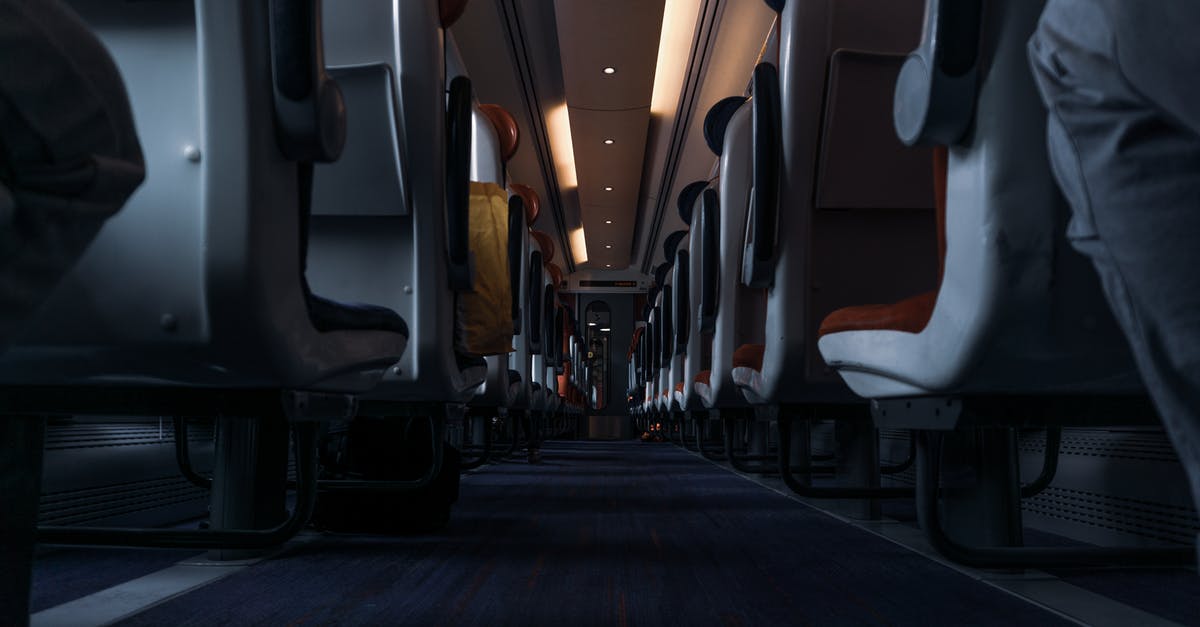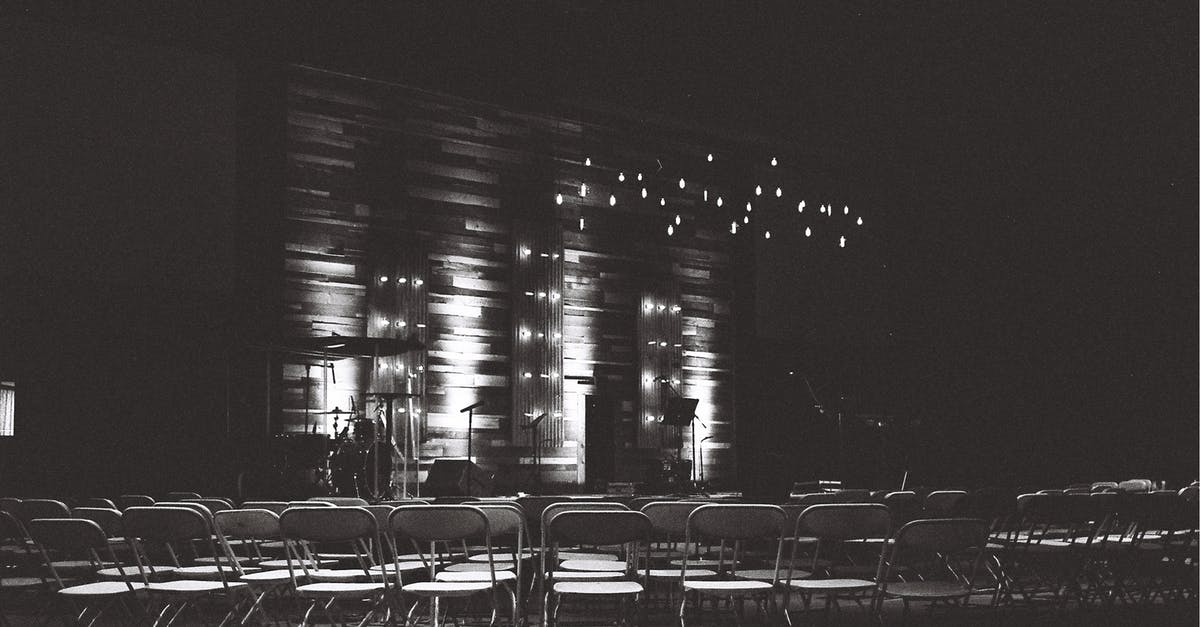Long-haul flights: How bad are seats next to lavatories?

I want to choose a good seat on a 8h+ flight in an Airbus A330-300. I use Seatguru to find it.
My preference (if I check in fast enough) would be the next row behind the lavatories row, as there's leg space aplenty and I might be able to sleep through most of the hours.
How bad is it to sit next to the lavatories on the long-haul, considering smell, noise and queues?
Best Answer
Firstly, be aware that there are three possible lavatory placings - at the front, midway in the plane, and at the back. The lavatory row at the back is 'special' as it's something people don't always realise - this row usually doesn't have reclining seats. Well worth noting. I regularly choose the back of the plane to get away from the kid-aisle with the bassinets further forward, but each flight has its own areas with their own merits. As a result of where I tend to choose, I am often near a bathroom.
However, it sounds like you're asking more about the mid-way lavatories, so I'll just describe lavatory seats in general.
Personally, I have anosmia (no sense of smell), so that side of things isn't a problem. Obviously the stronger your sense of smell, the worse it's going to get if there are issues with the bathroom.
Next, there's the inevitable queue. Although most planes have those handy signs to tell you when the toilet is in use, people still like to get up and queue - either because it's urgent for them, or even just to stand for a while and stretch those legs. What this means as a person close to the bathroom is that you constantly have people standing next to you, bumping you accidentally, watching your tv, chatting to each other right next to you, or potentially (horror!) even trying to make smalltalk with you! If you're trying to sleep, this can be very frustrating.
Nwxt there's the noise from the bathroom itself. You'll rarely hear actual ... 'functions' inside, but you will hear the flush, and some people have a tendency to slam the door open and make a racket.
It's also worth noting, as I alluded to before earlier, that midway bathrooms can sometimes be near the aisle with the bassinets and babies. This can be noisy and distracting as well.
So, long story short - if, like me, you don't even try to sleep on planes and have no sense of smell, I prefer the back of the plane (but not the very back row) and the aisle seat so that I can get up and wander a bit. If you like to sleep on a plane, don't watch movies, and have a stronger sense of smell, you may find it a very problematic and frustrating flight.
Pictures about "Long-haul flights: How bad are seats next to lavatories?"



Where is the best place to sit on a long haul flight?
Exit rows, aisle or window seats, and anywhere close to the front are typically considered the best seats on a plane.Is it better to sit near the front or back of a plane?
To avoid engine noise from the outside of the plane, keep clear of the back of the plane. Engine noise is deflected backwards, so sitting in front of the wing is your best chance of avoiding external noises, especially if you are seated on the window.Is the last row of a plane bad?
Is the last row of the plane really that bad? Sure, the ride in the back of the plane could be bumpier, the seats in the last row sometimes may not fully recline, they are also just in front of the plane's toilets area, and they are never actually mentioned as the \u201cbest seat on a plane\u201d.Where should you not sit on a plane?
But the worst place for safety purposes is in the middle. "From a safety standpoint, however, the worst seat to sit in if there were a plane crash is a seat in the middle row in the middle section of the plane. The fatality rate for that section of a lot of analyzed crashes is quite high," O'Donnell explains.6 Tips to Choose a Seat Depending on Your Flight
More answers regarding long-haul flights: How bad are seats next to lavatories?
Answer 2
During a flight from New York to London I was assigned to seat 27B in an American Airlines B777 - the row directly in front of the lavatories. (http://www.seatguru.com/airlines/American_Airlines/American_Airlines_Boeing_777-200_A.php).
There was hardly any inconvenience from smell or from queues (at least nothing that I noticed). However, the noise was pretty annoying. It wasn't very loud but every two minutes or so you would hear the "swoooosh" sound from behind.
All in all not the best flying experience I ever had but also not totally unbearable.
Answer 3
I'll just add a few additional comments to complement the excellent answers:
The first row of a "group" of rows (right after an exit, lavatories, galleys, etc.) is often quite different from the others:
- You do get more space at the level of your upper body, and possibly at the level of your knees, and nobody will recline into your space.
- You might, on the other hand, actually have less space for your feet (if there's an actual partition in front of you), as opposed to being able to put your feet under the seat in front of you. On some planes, and depending on your physiology, that means that you might be able to stretch your legs in a normal seat but not in one of these.
- The tray is usually stowed in the armrest rather than on the back of the seat in front of you.
- On planes with personal screens, depending on the layout, the screen may be in the armrest as well.
- This means armrests cannot be moved.
- This often means that armrests are actually "thicker" than the usual ones, and this limits the width of your seat.
- If there's a personal screen and it's not in the armrest, it will be on the partition in front of you, which usually means it's further away. Given their small size in coach... Also if it's a touch screen, it makes it more difficult to use.
Regarding lavatories, one of the often decried aspects of seats next to them is people queuing next to them. This used to be a big issue (and still is on certain airlines/planes) with everybody getting up at the same time at the end of the movie(s). Nowadays, with personal screens (especially on long haul flights), people tend to spread out their use of the facilities a bit more as they not all "in sync". There should still be a bit of a queue at the end of the meal service, though.
Answer 4
Seats located next behind lavatories and seats located in front of lavatories are entirely different stories.
Behind The seats located behind lavatories are typically behind exit rows: extra leg room, screen (if applicable) in armrest and tray located in armrest. However, the area may be cold, does not have storage below seats, and can be a busy area. On modern planes, odors are typically not strong.
In front The seats in front of lavatories have almost no benefits, unless you are a frequent visitor to the facility. They don't recline, are busy, get knocked into, etc.
Answer 5
The question related to an A330 -- a very comfortable plane indeed, like most of the Airbus range.
There should be no problem being near the toilets -- and if you're referring to seats behind the toilets, then it should be even easier to spot a point at which there'll be no queue and use that slot for a visit to the toilet.
Sources: Stack Exchange - This article follows the attribution requirements of Stack Exchange and is licensed under CC BY-SA 3.0.
Images: Mike Demou, Isaac Taylor, cottonbro, Kamaji Ogino
